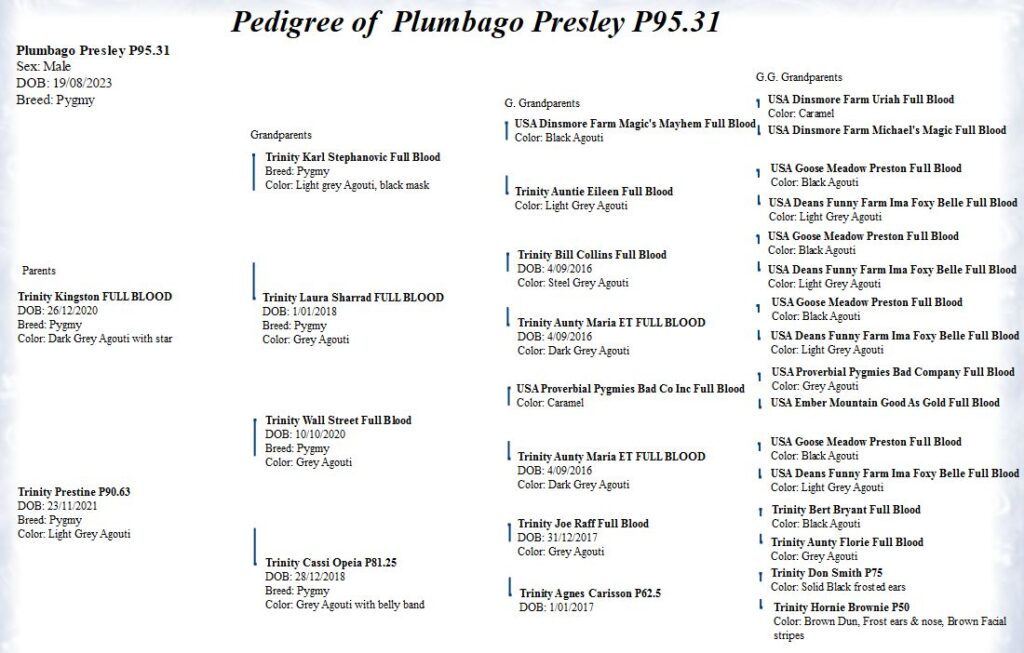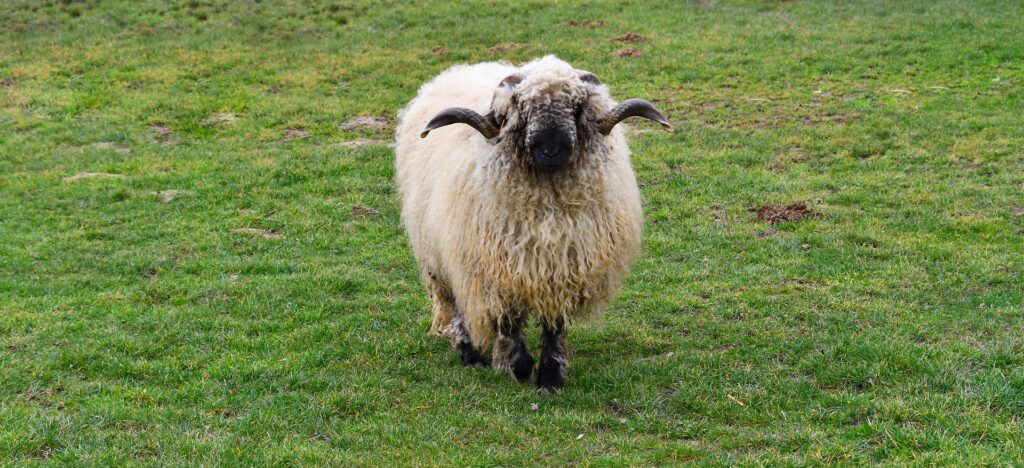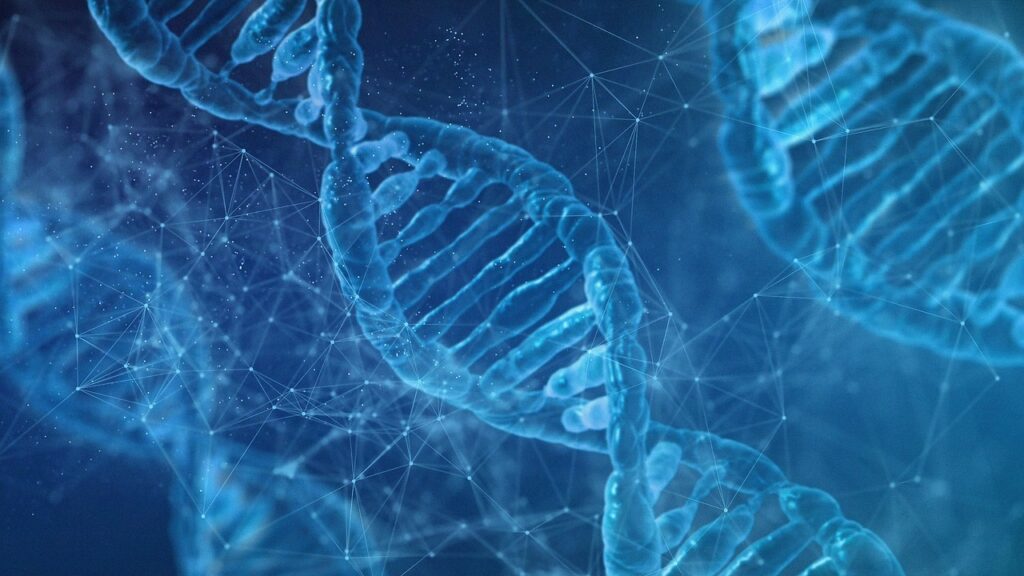A Unique Journey of Genetic Building
One of the first things new enthusiasts to the Pygmy Goat breed will come across when they get involved with the breed is the Pygmy Goat genetic percentage on the animal’s registration certificate. Most people will naturally assume that any animal labelled a Pygmy Goat is in fact a 100% Full Blood Pygmy Goat, but that is rarely the case at all.
In fact, due to the high cost and extreme Quarantine requirements that require the sacrifice of the donor animal, there has only ever been a tiny number of unique Full Blood Pygmy Goat genetics imported into Australia.
Every other animal registered as a Pygmy Goat has a varying percentage of Pygmy Goat genetics in them. If an animal has less than 50% Pygmy genetics, it is known as a Crossbred. In most cases the remaining genetics come from the Australian Miniature Goat breed, although some individual animals also have Anglo Nubian, Angora and Nigerian Dwarf ancestry. To complicate things a bit further, an individual animal may have a different percentage assigned to it if it is registered in different Associations due to different ways of calculating Pygmy Goat percentage, but that is something I talk about in a different post Pygmy Goat Breed Associations in Australia.
In theory, the higher percentage Pygmy Goat genetics, the closer the animal should look to the ideal Breed Standard. Due to the other genetics in its make-up this is not always the case and there are many lower percentage animals that more closely fit the Pygmy Goat Breed Standard than high % animals, especially in older animals.
This is why you will often hear Pygmy Goat breeders say that breeding stock TYPE (what they look like) is more important than percentage at this point in the development of the breed in Australia. Of course nothing is ever black and white, so its important to keep in mind, that a 50% Pygmy Goat of correct type still has half its genetics as non-Pygmy that may result in its offspring throwing back to a non-Pygmy type.

That is often a huge relief to new enthusiasts, especially considering the price tag for Pygmy Goats is based on percentage, conformation and type with 100% Full Blood animals in the $8,000 to $15,000 price bracket.
The *genetic recovery program here in Australia for Pygmy Goats is actually more a genetic development program that follows a unique path quite different to other livestock breeds people might be familiar with. This certainly has its downfalls (number of generations to breed up to Purebred status, lack of conformity to the ideal Breed Standard over more generations etc) but it is one that has allowed enthusiasts to get involved at a lower cost than for other imported breeds, so there are some benefits.
*I have no idea why everyone calls it a genetic ‘recovery’ program. There is no ‘recovery’ in it like there would be for a heritage breed verging on extinction. What Australian Pygmy Goat breeders are doing is more a genetic development program to develop ever increasing Pygmy Goat genetics into each generation of kids produced, heading towards Purebred status (93%+) over time.
A Different Approach to the ‘Breed Up’ Method
Other breeds of Livestock such as the Valais Black Nose Sheep or Charolais cattle follow a more traditional ‘breed up’ approach to achieve purebred status.
In normal breeding practices, a Full Blood sire (a male with 100% breed genetics) is bred with Full Blood females. For newly imported breeds, this is usually done by importing embryos for transplant into recipients and importing frozen semen for insemination into Australian females of a suitable breed.

The female offspring continue to be bred to quality Full Blood sires, and only the best quality Full Blood males are bred to females of suitable similar breeds – unless they are top quality, Full Blood males are castrated to ensure only the best genetics are used to develop the breed. The first generation offspring are F1 with 50% genetics of the new breed.
Each generation then uses Full Blood sires or semen over the female offspring to increase each generation of offspring from 50% to 75%, then 87.5%, 93.75% and finally in the fifth generation all offspring reach ‘Purebred’ status where the best males can then be used for breeding.
In contrast, Pygmy Goat breeding in Australia doesn’t require the same strict five-generation program using Full Blood sires. Instead, it allows for animals of either sex with any percentage of Pygmy genetics to contribute to the breeding program. This approach makes it easier to build up the breed numbers, but also creates a huge difference in appearance in the first few generations of offspring and can mean unexpected genetic throwbacks in colour, height and conformation down the track.
The reason for Pygmy Goats have had to be bred up in this way is due to the extremely limited genetics that have been imported along with the loss of imported semen and embryos along the way.
This process does foster a diverse genetic pool when bred with suitable type Australian Miniature Goats and given the seriously limited number of Full Blood and Purebred Pygmy Goats in Australia this is crucial for the long-term health and vitality of the Pygmy Goat population in Australia to avoid the common problems associated with inbreeding depression. Preserving genetic diversity is essential as it creates a significant advantage in terms of disease resistance and overall hardiness of the breed.
The downside with this process is that it allows for ongoing cross-breeding of low quality/low % Pygmy Goat genetics as not all breeders are committed to improving the breed and moving towards quality Purebred animals that meet the Breed Standard.
To illustrate how the percentage is calculated, when we breed our does to Presley our Purebred 95.31% Pygmy Goat buck, their offspring will take half the genes from each parent and their Pygmy Goat percentage will then be worked out based on the following formula:
Buck % + Doe % = combined % ÷ 2 = offspring %
In real terms this looks like:
Dixie P83.59 + 95.31% = 178.9 ÷ 2 = 89.45% offspring
Maisie P83.6% + 95.31% = 178.91 ÷ 2 = 89.45% offspring
Rose P79.69% + 95.31% = 175 ÷ 2 = 87.5% offspring
Mia P75% + 95.31% = 170.31 ÷ 2 = 85.15% offspring
Phoenix P68.75% + 95.31% = 164.06 ÷ 2 = 82.03% offspring
Beauty P58.59% + 95.31% = 153.9 ÷ 2 = 76.95% offspring
Belle P58.59%+ 95.31% = 153.9 ÷ 2 = 76.95% offspring
Dusty P55.75%+ 95.31% = 151.06 ÷ 2 = 75.53% offspring
Abbey P43.75 + 95.31% = 139.06 ÷ 2 = 69.53% offspring
Gretel P42.97%+ 95.31% = 138.28 ÷ 2 = 69.14% offspring
Unfortunately its not as simple as just increasing the percentage each generation. High percentage Pygmy Goat genetics in Australia (even Full Blood) is not a guarantee the quality of the animal or that displays the true Pygmy Goat type and characteristics that we are aiming for in our herd. Correct type, conformation and true Pygmy Goat breed characteristics are what we will be focusing on in the coming years, and to achieve that, our percentage progression may be slow.
For biosecurity reasons and for the health and longevity of our animals, we plan to develop our own lines over the next few years and eventually close our herd. We have fairly good genetic variation to work with in our herd moving forward. Our plan is to keep our doe kids and bring in a new Pygmy Goat buck as an outcross when they are old enough to breed.
As with most things, that’s the plan, but the plan is flexible if it needs to be. Last year before we had really delved deeper into it, we like many others, thought the goal of reaching Purebred status by 2032 (the proposed herd Book closure date in the NPGAA) was important so we had anticipated a Full Blood as our second buck. Since learning that many breeders are now having to go backwards in % in order to improve type and breed characteristics and finding the quality of Pygmy Goats in the 80-95% range now being produced by some of the top breeders is more impressive than many of the Full Bloods, when it comes time for a second buck, we will look for one with the most suitable genetics and correct type for our herd and will have no problem with the right buck, even if he’s lower than Presley’s 95.31%.

The Challenge of Importing Genetics
One of the hurdles in developing the Pygmy Goat breed in Australia is the difficulty of importing new Pygmy Goat genetics from the USA, the only country we can legally import from. Strict quarantine laws, high costs and limited availability of Pygmy Goats for export make it a challenge to bring fresh genetics into the country. This means that Australian breeders have to be resourceful and careful working with the genetic material available locally and focusing on incremental improvements with each generation.
The biggest challenge that Australian breeders face is the stringent quarantine laws that govern the importation of new genetics. For semen and embryos to be imported, the donor animals must undergo a rigorous health screening process. Unfortunately, this process includes a requirement that the donor goats be euthanized and necropsied (autopsied) to ensure they are free of any diseases that could threaten Australia’s biosecurity and our agricultural industry.
This not only makes importing new genetics incredibly difficult and expensive but also places a heavy ethical burden on breeders both in Australia and in the USA knowing that the donor animal must be sacrificed for testing in order to meet Australian Quarantine requirements.
As a result, the flow of new Pygmy Goat genetics into Australia is almost non-existent, further emphasizing the importance of carefully managing and developing the genetics already available within the country.
Why It Matters
This unique breeding strategy has allowed more breeders to participate in the development of the breed in Australia by starting with lower Pygmy % animals. Its vitally important for the the breed that development doesn’t stagnate with low-mid percentage and quality animals continuing to be produced indefinitely.
By understanding the unique challenges and opportunities of Pygmy Goat breeding along with the benefits and dangers of repeated inbreeding, Australian breeders can establish a strong and vibrant Pygmy Goat population that will thrive far into the future.
So, whether you’re a seasoned breeder or just someone who loves these adorable little goats, it’s an exciting time to be part of the Pygmy Goat journey in Australia. With each new generation, we’re not just breeding goats – we’re building a legacy, one that we are all responsible for 🙂
If you would like to follow Eagleburra Pygmy Goats on social media we can be found on the following:
Facebook: eagleburrapygmygoats
Instagram: @eagleburra.pygmy.goats
Tik Tok: eagleburra.pygmy.goats
